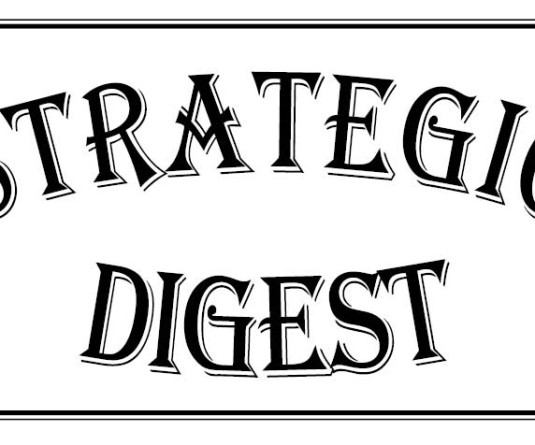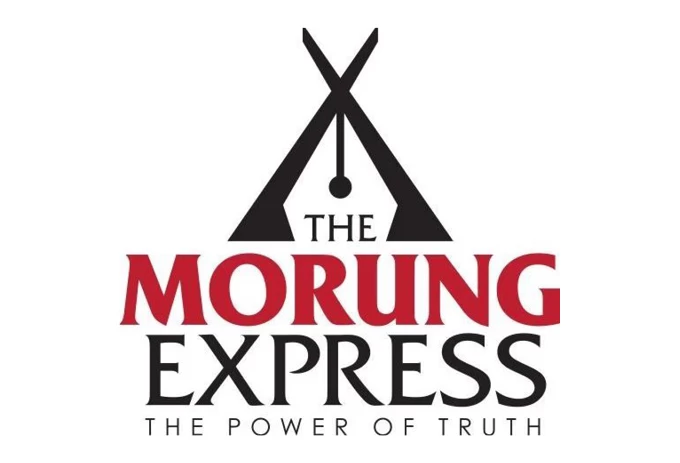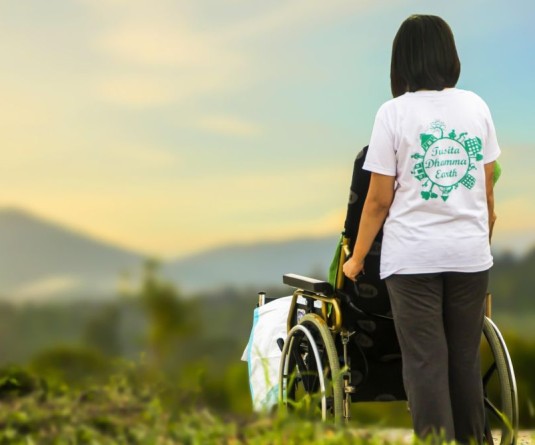
I met a South African girl sold as a domestic servant. She was brutally abused, enslaved and starved by her masters for years. After her release and rehabilitation, she now dreams of becoming a pilot.
Don’t you think that we must address these questions and hopes as a situation of emergency? Nothing could be more violent than the denial of childhood, freedom and dignity of a child. And nothing can be more promising and powerful to bring about equality than such children standing for their rights, dreams and aspirations. These three incidents tell the story of not only Africa but also the world at large.
Africa is the world’s mirror. Half of the population of sub-Saharan Africa lives in dire poverty, and a fifth are affected by conflicts. Africa witnessed 11 major conflicts in 1989 which doubled to 22 in 2000. Over 9.5 million of the roughly 22 million refugees around the world are in Africa, half of these are children. Sub-Saharan Africa has the highest proportion of child labourers with 48 million or 29% of all children there. So, well into the 21st century, a significant proportion of the world’s population can expect that more than one in ten of their children will die in their early years, with hunger killing 6 million children a year, majority of them in sub-Saharan Africa.
Nearly half of the world’s child soldiers engaged in combat in Africa. Of the 3.1 million children living with HIV/AIDS, 90% are in sub-Saharan Africa, while 12% of children under 15 years have been orphaned by AIDS. 40% of children never go to school in Africa- the only region in the world where the numbers of children out of school are rising. In total close to 45 million children in Africa do not attend school, of which most are girls. And, the fate of Africa’s children should be the yardstick to determine the fate of humankind.
Inequality and violence are two sides of a coin. Inequality and violence are synonymous with the chicken and egg relationship, which came first is hard to say. It is the violent mindset that does not allow the rights of individuals to be translated into action. Violence is not just manifested externally but it has been internalized in the multiple facades of inequality. We see civil and political inequality, socio-cultural inequality as well as economic inequality, manifested as disrespect for human rights.
Inequality and poverty are the biggest violence that we face in the world today. Inequalities are the gaps and excesses that we see all round us. Let me talk about one example, the public primary education of an American child costs $5,000 while only $9 is the rural household expenditure on of a Zambian child. Twenty years ago, the ratio of average income in the least developed countries to average income in rich countries was 1:87. It is now 1:98 and the gap is widening at an accelerating rate.
The world’s policy makers are adult. The governments are composed of adults. The decision makers are adults. Where is the segment that constitutes nearly 30% of the world’s population, children 14 years? Children’s right should not be just a phenomenon but a principle and culture.
Children are small people who need big rights. Yet the rights of many children are still being trampled underfoot. Denial of the basic rights to the children is the worst human rights violation and violence that can be committed. Children in this world of adults are the most vulnerable due to their age gap, lack of decision-making powers, and mostly being underestimated and overlooked. The theory of inequality begins with this mindset. Poverty begins when even one child is denied his or her fundamental right to education. Poverty begins when a child gets up every morning not to go to school but to a hard day’s labour. One billion children live in poverty; 115 million children are out of school and 246 million children are child labourers.
Global military expenditure and arms trade form the largest spending in the world at over $950 billion in annual expenditure, roughly 2% of the gross world product. Only three days of this military expenditure is enough to educate all children of the world. For every soldier, the average world military expenditure is $22,000, while for every school-aged child the average public education is $380. the cost of a single new nuclear submarine equals the annual education budget of 23 developing countries with 160 million school-aged children.
The recent surge in global conflict and terrorism over the last decade and half, has affected children most adversely. It has killed, maimed and terrorized children, it has snatched their sense of safety and security with 2 million children dead, 6 million injured, nearly 20 million forced to flee their homes and a similar number orphaned. These are not mere numbers; each one of these numbers has a face, a beating heart and a divine soul.
If we are to create a non-violent world with equal rights, let us begin with children. Lets start now with a child centric development paradigm. We should develop child centric thought and action not only in our personal and social lives but also in the policy domains. It is through children focused policy planning that intergenerational cycles f poverty, child labour, illiteracy and discrimination can be broken. The most effective non-violent action for bringing equality is by focusing on children.
The adult centric development focuses on the present, while the child centric development is foresighted planning aimed at the next generation and not the next election. It is nature friendly as well as sustainable, with the core values of equality and justice. Further, with children in the pivotal position, it is more humane than material. We are today witnessing the effects of the present day development, which has created enormous disparities and inequality, thereby escalating violence.
All these are symptoms of skewed adult centric development wherein there is a large gap between what countries are prepared to allocate for military means to provide security and maintain their global and regional power status, on the one hand, and to alleviate poverty and promote education and economic development, on the other. These cold but true facts point to a regression towards an unequal and increasingly violent world.
Let me also bring another aspect of adult centric development in this ear of globalization. It has resulted in the formation of a “power troika”. The three powers-knowledge, state and capital are fused together making the poor and illiterates, untouchables and outcasts. This tendency could be compared to India’s in famous caste (varna) system where society was divided in four categories determined by birth. The master of knowledge-Brahmins, state Khastriyas and trade (capital)-Vaishyas outcast a vast majority-Shudras making them untouchables.
The world today is structured in a manner which resembles a nucleus inhabited by the bearer of “power troika” surrounded by thick periphery housing teeming powerless and voiceless millions and billions. The link between nucleus and periphery is one of exploitation, directly or by patronizing; Guinea pig for scientific experimentation, market and cheap raw material and labour and at best receivers of alms or charity.
This has also resulted in gross injustice in the field of aid, trade and debt. Why for every $1 the US spends in education, another $24 goes to military assistance, while the developing world is spending $13 on debt repayment for every $1 it receives in grants?
Systemic and systematic denial of knowledge power by barring the large segment of society from receiving good quality education has been employed to further shove the vast majority to the fringes. It is this marginalization that plagues Africa and majority of the poor countries.
How can this power clique be broken? How to sharpen the language and weapon of resistance in the most non-violent manner? The answer lies in: “KNOWLEDGE”. The most advanced and sophisticated knowledge must be in the hands of the poor. It is the only way to change the tide in favour of the voiceless.
What is needed is democratization of knowledge…knowledge for all, knowledge of all and knowledge by all…. It is not a coincident that one-sixth of the world’s population is illiterate, more or less the same number sleep with an empty stomach, similar numbers do not have safe drinking water and the same I billion are caught in abject poverty.
Rhondemo A. Kikon,
State Coordinator,
Global March against Child Labour, New Delhi.





